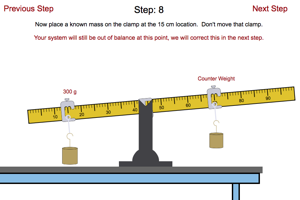
(f) Torque is zero here since the force just pulls on the hinges, producing no rotation. (e) A smaller counterclockwise torque is produced by the same magnitude force acting at the same point but in a different direction. (d) The same force as in (a), but acting in the opposite direction, produces a clockwise torque. (c) The same force as in (a) produces a smaller counterclockwise torque when applied at a smaller distance from the hinges. (b) A smaller counterclockwise torque is produced by a smaller force F′ F′ acting at the same distance from the hinges (the pivot point). Note that r ⊥ r ⊥ is the perpendicular distance of the pivot from the line of action of the force. (a) Counterclockwise torque is produced by this force, which means that the door will rotate in a counterclockwise due to F F. The most effective direction is perpendicular to the door-we push in this direction almost instinctively.įigure 9.6 Torque is the turning or twisting effectiveness of a force, illustrated here for door rotation on its hinges (as viewed from overhead). Finally, the direction in which you push is also important. Most people have been embarrassed by making this mistake and bumping up against a door when it did not open as quickly as expected. If you apply your force too close to the hinges, the door will open slowly, if at all. Also, the point at which you push is crucial.


First of all, the larger the force, the more effective it is in opening the door-obviously, the harder you push, the more rapidly the door opens. Several familiar factors determine how effective you are in opening the door. To understand what factors affect rotation, let us think about what happens when you open an ordinary door by rotating it on its hinges. A rotating body or system can be in equilibrium if its rate of rotation is constant and remains unchanged by the forces acting on it. The second condition necessary to achieve equilibrium involves avoiding accelerated rotation (maintaining a constant angular velocity).


 0 kommentar(er)
0 kommentar(er)
